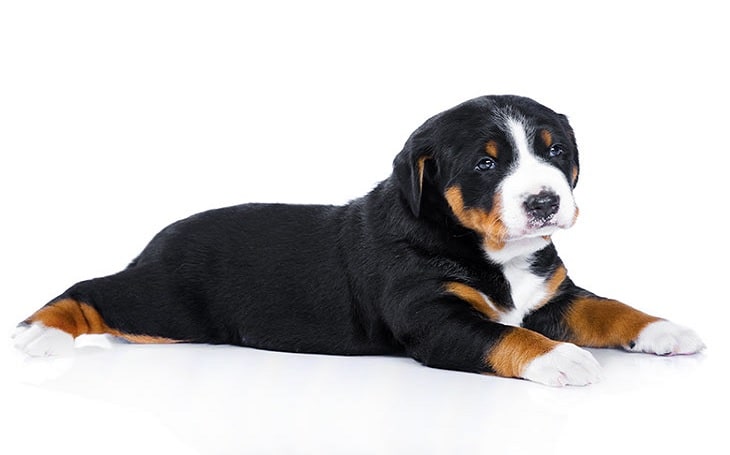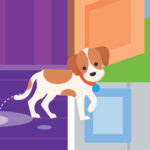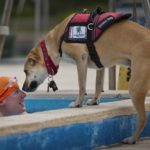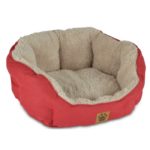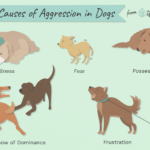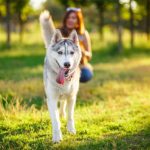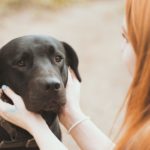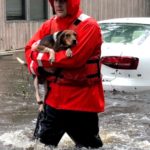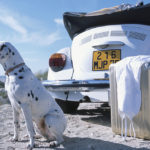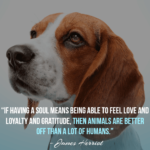Puppyhood can easily be split into 4 main periods:
– Neonatal
– Transitional
– Socialization
– Juvenile

Neonatal
This period begins at birth and lasts fourteen days. During this particular time, the pup is basically defenseless but flawlessly adapted to the environment of his.
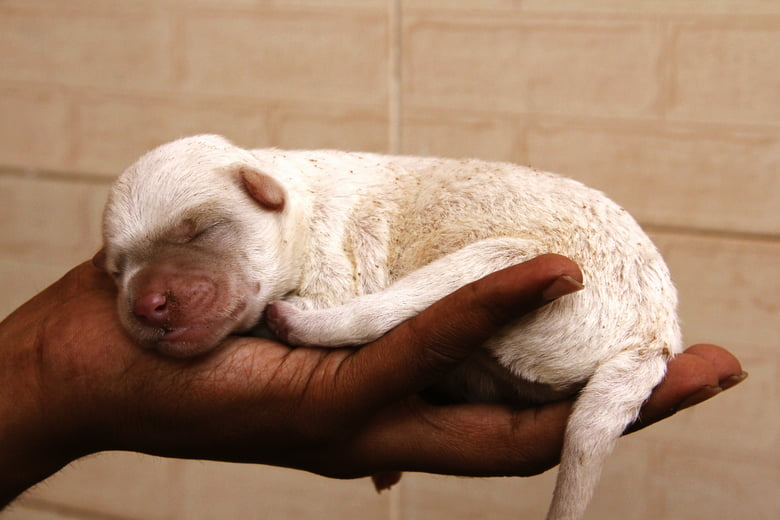
The nervous system of his is nevertheless predominantly underdeveloped, even though the sense of his of smell, touch as well as taste are actually present, he’s deaf and blind. One important mechanism is actually the distress call: it’s a very unique, instinctual call that the pup makes as he experiences discomfort, like getting lost. Puppies are actually born equipped with the instinct and this call disappears a maximum of 5 weeks after birth. The mother ‘s instinctual reaction to the call starts off at the birth of the previous pup of the litter of her and ends 2 weeks later, at the conclusion of the neonatal time of her litter’s lifestyle. Only she is going to answer to her puppies’ phone calls, along with just during the certain time of maternity.

The pup is actually able to clumsily come about, typically in a circular path, so as to in no way stray far from the mother of his. Because puppies at this particular age are deaf and blind still, the sensory system of theirs does not allow for a lot of learning. This being said, it’s been found that pups (even wolf pups) managed by humans during this particular period are a lot more likely to manage stress in adulthood, friendlier to people and all around much better learners than pups that have been handled very small or perhaps just after the neonatal time.
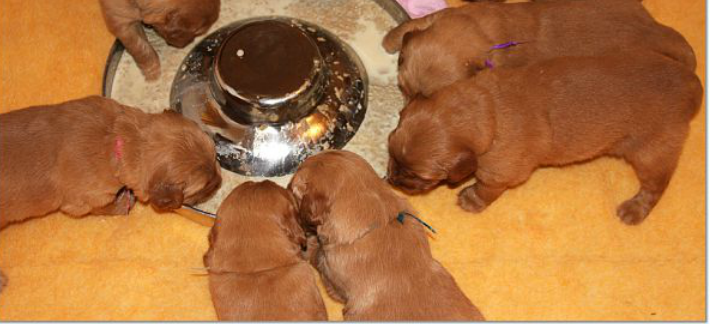
Transitional
This period begins right before the conclusion of the neonatal time and finishes at more or perhaps less thirty days of living (two days in duration).
This represents the transition from entirely reliant newborn to far more independent puppy. The startle reaction to loud noises is actually present and though eyesight is actually poor, the pup can really follow moving objects. The puppies begin to go walking and in the outdoors, this’s the era where the today ambulatory puppies come out from the den for the very first time.
This period, also known as the imprinting time, moves from the third week of living all of the means to the 12th. It’s vital that you be aware that in wolves, this particular period lasts just under 3 weeks, that is aproximatelly thirty % of the point it usually lasts dogs. This point enables humans to desensitize shepherds to pets they would ordinarily be inclined to hunt and consume (sheep, horses…) and rather instill in them the tendency to guard as well as protect these animals.
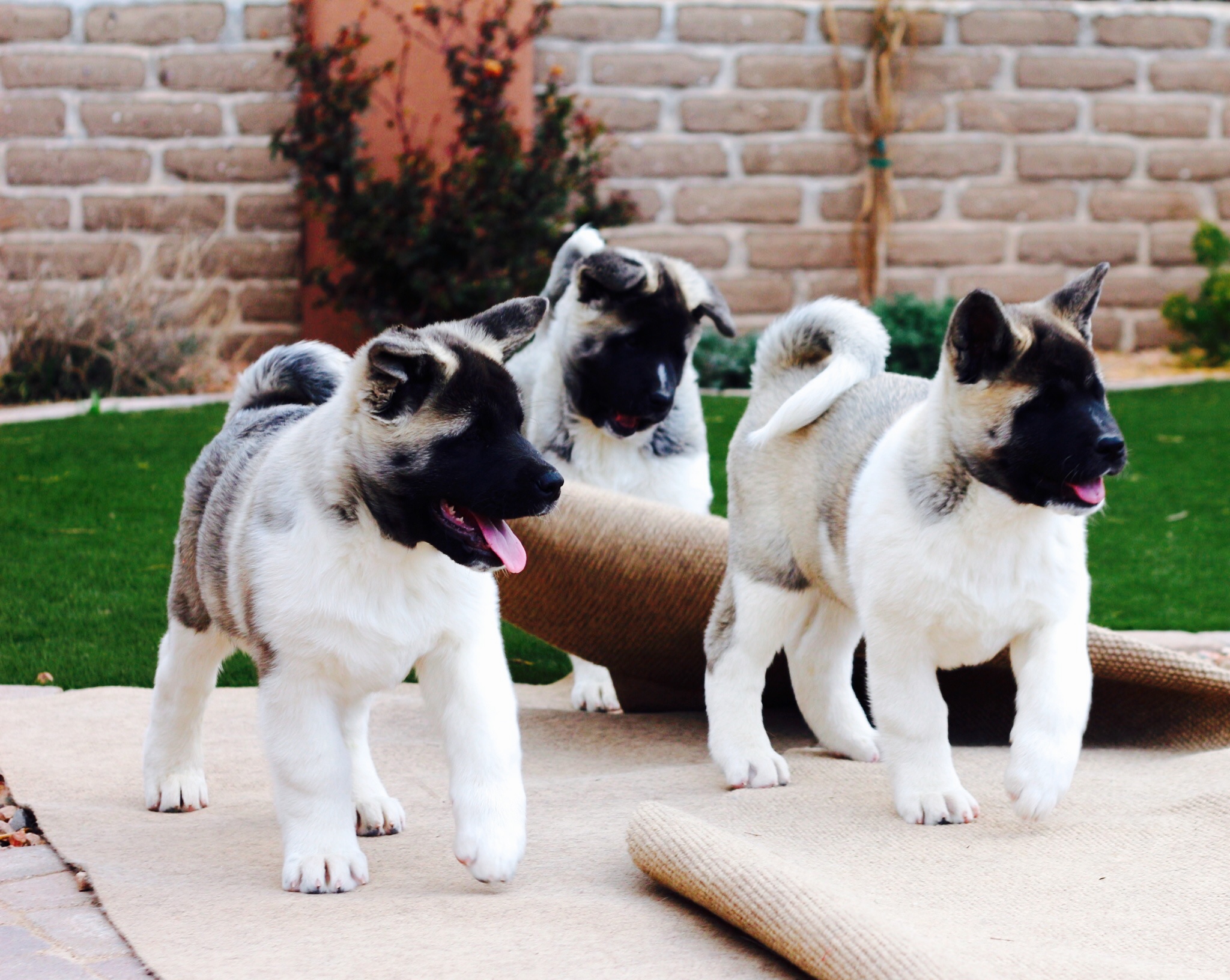
The phrases socialization and imprinting are becoming extremely warm words within the coaching group, and with valid reason! This vital period in an animal’s life in essence describes the person they are going to grow up to be.

This particular era is actually the most effective time to begin housetraining a puppy, as they get attracted to the scent of feces and urine, and hence begin preferring to eliminate exactly where these odours are actually found.

So far as behaviour is actually concerned, this’s certainly the most crucial time in the puppy’s growth. During this particular time, the pups won’t oppose to being managed. Following the fifth week, they begin to be increasingly more stressed.
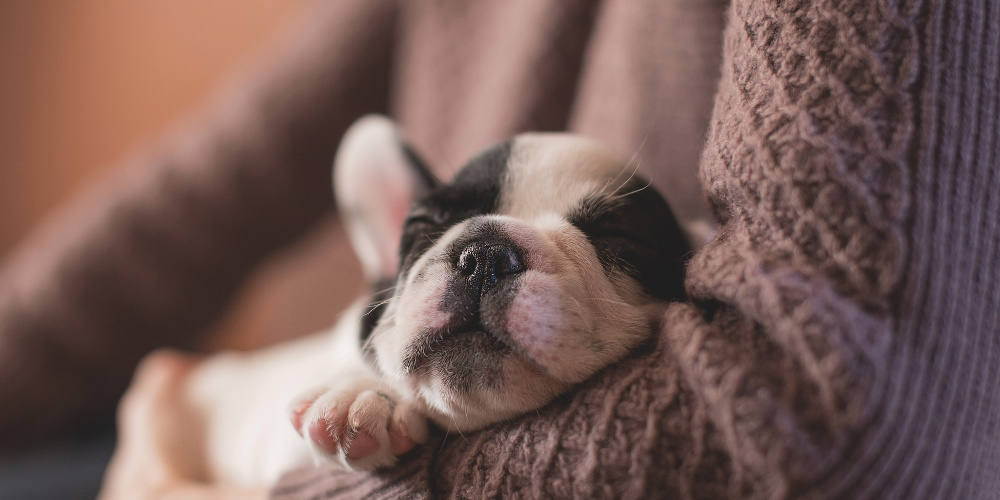
Juvenile
While it’s correct that the imprinting time is actually over, pups this era are still vulnerable to things that are new, aversive or perhaps not, therefore care should be taken to stay away from social regression that could lead to be afraid of and timidity. Harsh treatment (for example harsh “corrections” in obedience training) could be particularly detrimental, causing, in all probability, irreparable harm.
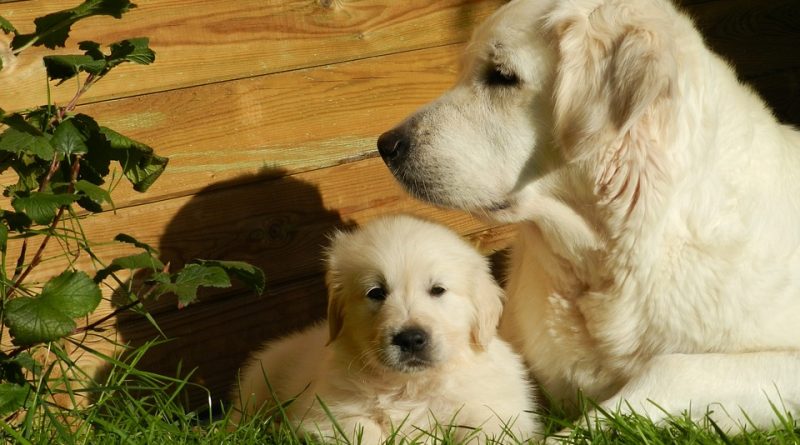
Scientific studies appear to attest to the existence of a fifth time, the prenatal time, that is affected by the planet the gestating female is actually in and just how she responds to it. It’s well documented that stress adversely impacts both the mom and her unborn pups, though the specific consequences in dogs haven’t been thoroughly studied.
For an effective socialization procedure, the handler must expose the puppy to as numerous safe circumstances and locations as possible.
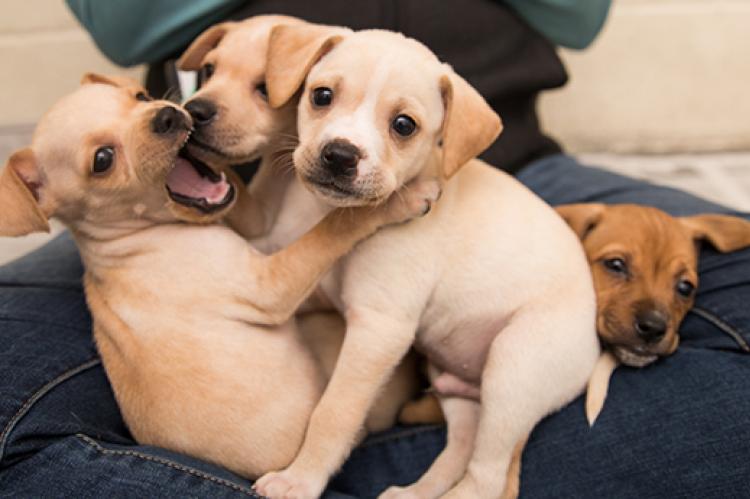
Before the total vaccination sequence had been administered, it’s ideal to keep the puppy outside of high risk locations like puppy classes and dog parks. The dogs deemed suitable for socializing a puppy has to be healthy.

Vaccine schedules differ significantly, but mostly the protocol starts off at 8 weeks and is done at around sixteen weeks. A lack of coverage to the external world and most of its myriad stimulus has a damaging impact on an imprinting puppy and can lead to a dog who’s withdrawn, lacks appropriate social behavior and resists something brand new.

